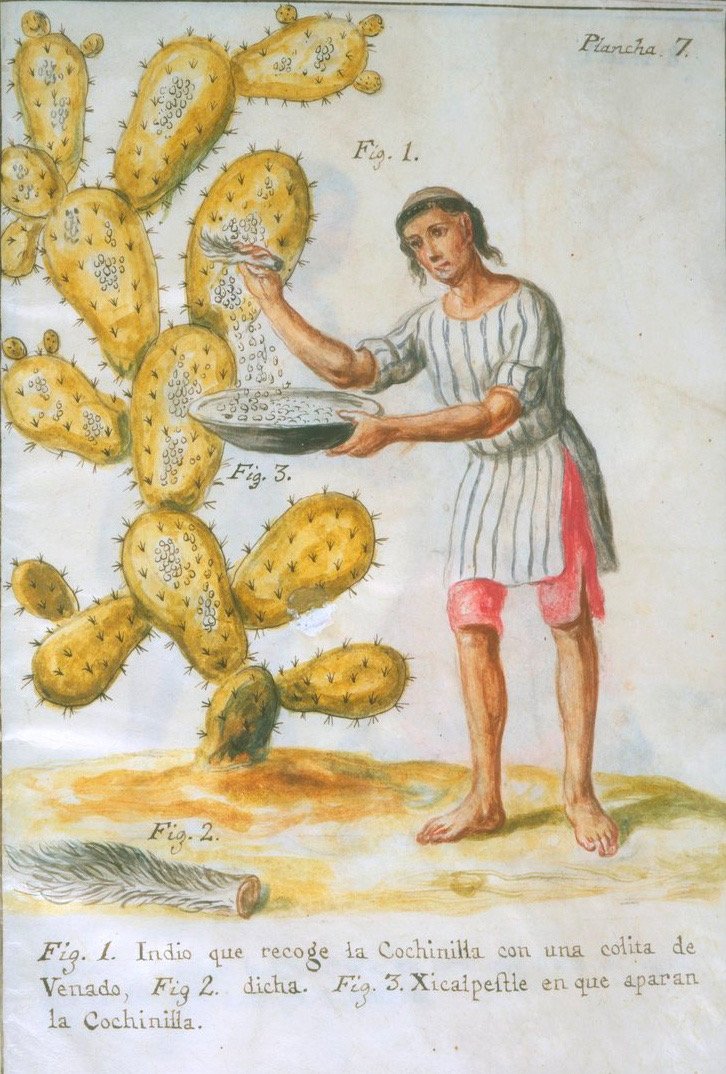
The Alien Beauty and Creepy Fascination of Insect Art
“They don’t live like us. They don’t look like us. They do the things that we do in such bizarre and wild ways that it’s just endlessly intriguing,” says artist Catherine Chalmers. “They offer a very, very different perspective on life on Earth.”

Ustad Mansur | Dodo Raphus cucullatus
“Deceased artists, musicians, painters, and authors who have made outstanding or fundamental contributions to their field and have been recognized as art historically significant figures for more than 50 years.”
As per 2021 there are 414 records for named craters on Mercury, among them you will find the name of Ustad Mansur - a seventeenth century miniature painter and court artist for Mughal emperor Jahandir.

On the Art and Science of Making Buildings Sound Natural | Aeon Essays
“Patte’s design strategies for improving theatre acoustics failed. His main suggestion – shaping the theatre as a perfect ellipse, so sound would bounce off the curved walls in an orderly way – proved totally inadequate. When a massive theatre built on this premise opened in Berlin in 1802, it was widely criticised for a distracting echo.”
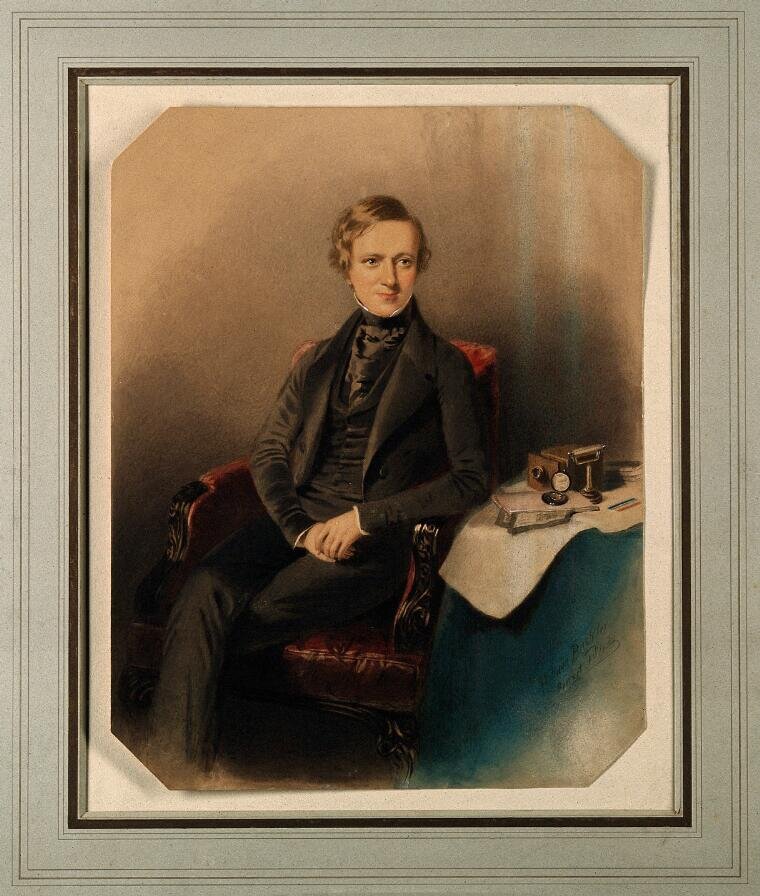
The Poetry of Victorian Science | The Public Domain Review
“This connection between science and poetry established by Hunt must have been reassuring to Victorian readers troubled by the potentially unsettling truths of science: both, his writing suggests, can use seemingly mundane and insignificant phenomena to make sense of the universe.”

Margaret Leiteritz | Science in Culture | Nature (2004)
“Leiteritz's paintings typically reworked a mundane graph using large expanses of colour and a bold abstract theme, changing it into a dynamic painting. Other works are reminiscent of Bunsen burner flame or DNA gel.”
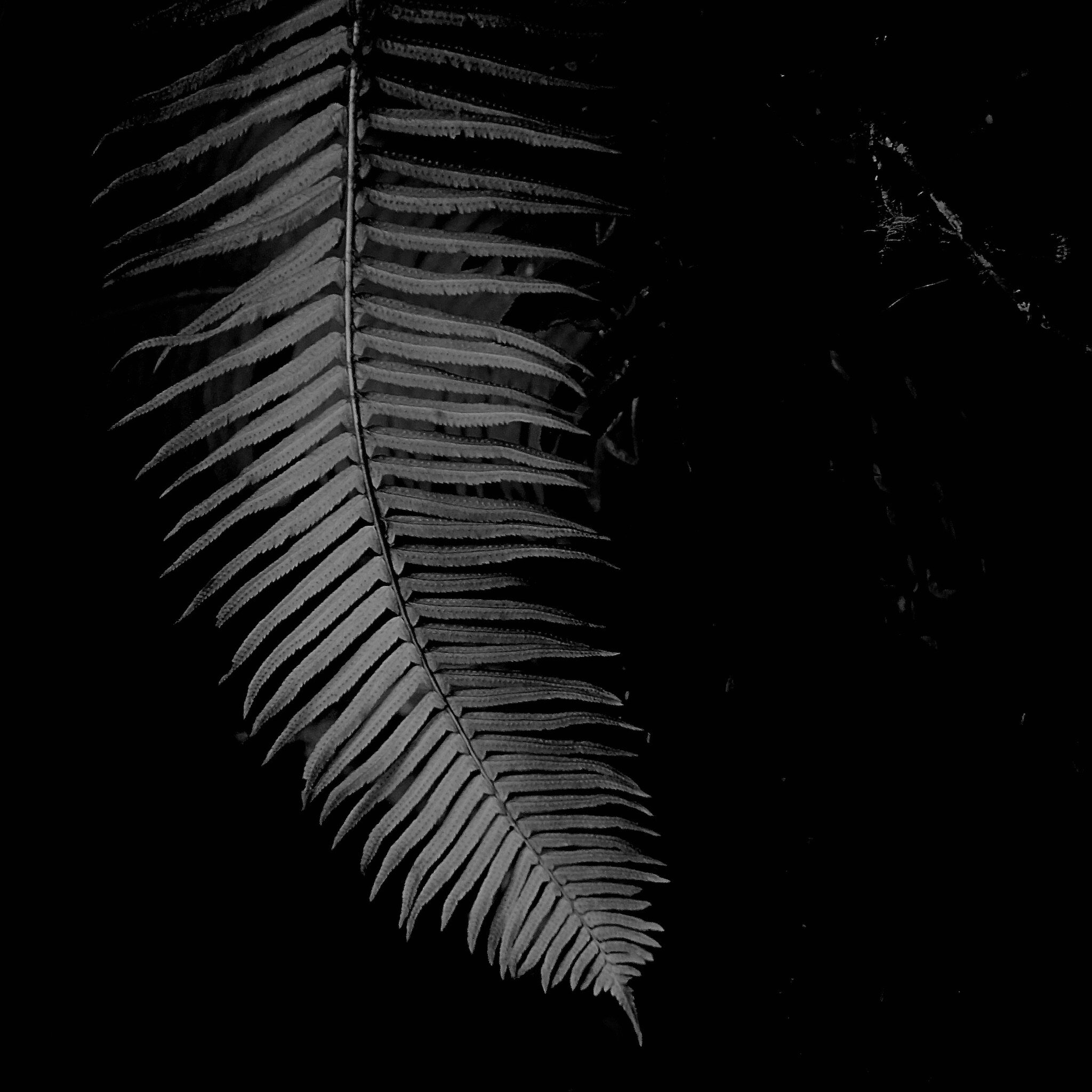
The Spiralist | The Public Domain Review
“A reviewer of Pettigrew’s Lancet series on circulation in plants and animals declared that the distinguished anatomist was a “spiralist” who found that organs were not only constituted spirally, but that they functioned spirally too.”

Frogs Want to Be Heard | The MIT Press Reader
“Since then, Dauby has spent countless hours recording the sounds of the frogs of Taiwan. Eventually, the results of his endeavors were published on a now sold-out CD containing 16 pristinely realized audio portraits. That said, the project is far from completed.”

To His Wife | Poem | James Clerk Maxwell
All powers of mind, all force of will,
May lie in dust when we are dead,
But love is ours, and shall be still,
When earth and seas are fled.
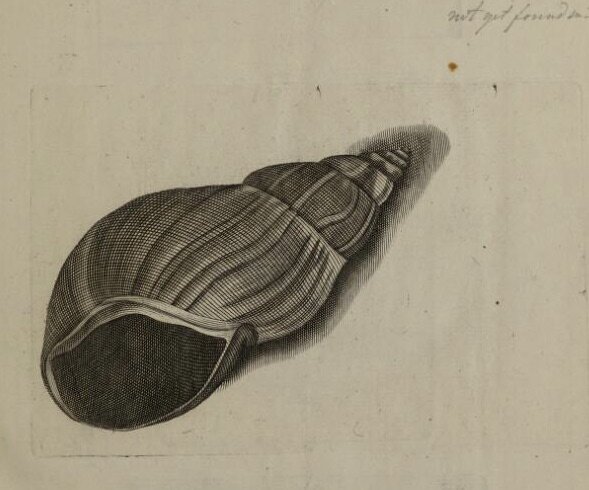
Martin Lister and His Daughters | Scientific Illustrators
“They started at a young age, taught by their father, and spent almost a decade working on his project Historiae Conchyliorum, a study of molluscs with detailed illustrations of shells. They were Susanna and Anna(e) Lister and they lived more than three hundred years ago.”

On Polar Bears and Art | The Conversation
“As expected, the fascination with polar bears went beyond them being depicted in paintings or sculptures. There is no doubt that as soon as they were found, they had to be brought to the towns on a firm land for entertainment.”

Early Illustrations of the Nervous System by Camillo Golgi and Santiago Ramón y Cajal | The Public Domain Review
“In 1906, Golgi and Ramón y Cajal were jointly awarded the Nobel Prize in Physiology or Medicine and invited to share the stage in Stockholm. “The expectation was”, Finger writes, “that Golgi would talk about the stain that allowed scientists to see neurons better than ever before” and Cajal would “describe the studies that led him to neuron doctrine”. However …”

The Art of Whaling | The Public Domain Review
“Here, they watched whales breach the Atlantic’s surface and pronounced the ocean “a green pasture where our children's grandchildren will go for bread”. Can we say the same nowadays?

When Science Was the Best Show in America | Nautilus Magazine
“From the time Peale’s Museum had opened its doors in 1786, annual attendance had averaged more than 10,000 people. Born both of science and art, it was the first true museum in the fledgling United States and the first must-see attraction not only for Philadelphians but for visitors from around the U.S. and the world. The museum’s creator, Charles Willson Peale, saw the museum as a national good.”

En Pleine Mer: The Underwater Landscapes of Eugen von Ransonnet-Villez | The Public Domain Review
“We might place Ransonnet-Villez in the naturalist tradition, following Philip Henry Gosse, whose The Aquarium of 1854 was a high-water mark in interest in observing marine ecology at close hand. But Ransonnet-Villez deserves special mention for his dedication to conveying the sight and feel of the ocean, his literal immersion in his subject. As he explained of his diving-bell drawing excursions, “one's normal sense of distance and size is completely lost. You soon realize that in the depths of the ocean you need not only learn how to move, but how to see and hear as well.”

Aurora Borealis(1865) by Frederic Edwin Church (1826-1900)
“Attracted by the brilliancy of the heavens, I raised my eyes upwards, and observed a very vivid Aurora Borealis casting its coruscations over more than half the hemisphere. On turning around, I saw the whole party on their knees, and evidently in great trepidation.”

Fallen - A Robert Hooke Musical | The Royal Society Blog
“To be the lead character of a musical, set against such iconic figures like Newton, Wren, Halley and Boyle, he had to be larger than life. Reading over his correspondence, the voice that came through was undoubtedly that of a genius... but so cocky!”

Comics: Old-School Distance-Learning Tools | Science History Institute
“Military training is just one example of how comics have been used in informal education for generations. But despite having taught us scientific principles and helped us understand the weather, comics have maintained a persistent reputation for being crude, cheap, and unsophisticated, if popular and fun. Advocates for comics have never been able to shake the vague suspicion that someway, somehow, a medium like that can’t possibly be good for serious learning.”

Primary Sources/ A Natural History of the Artist's Palette/The Public Domain Review
“For all its transcendental appeals, art has always been inextricably grounded in the material realities of its production, an entwinement most evident in the intriguing history of artists' colours. Focusing in on painting's primary trio of red, yellow, and blue, Philip Ball explores the science and stories behind the pigments, from the red ochre of Lascaux to Yves Klein's blue.”
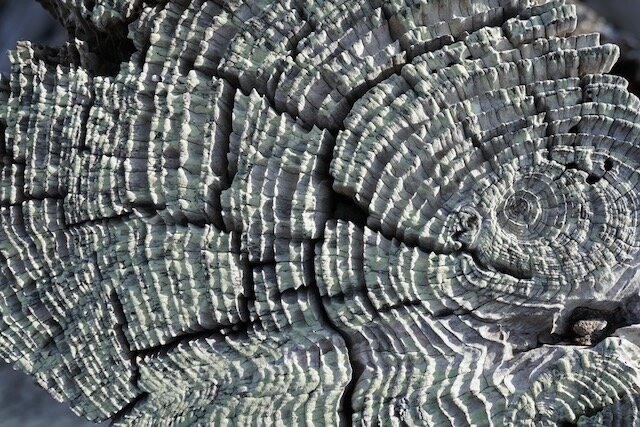
Cracking a Rembrandt Mystery | Cosmos Magazine
“The Ashmolean museum in Oxford recently announced that a portrait by Rembrandt, long thought to be a fake created after his death, was indeed an authentic work by the Dutch master. The announcement came after a study of the portrait’s wood panel.”

Galileo the Artist | Nature
“As a young man, Galileo Galilei considered becoming a painter.”